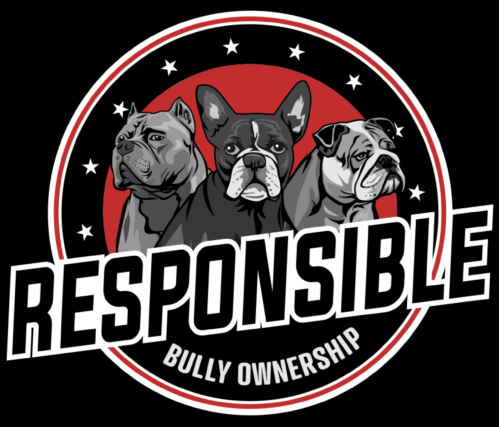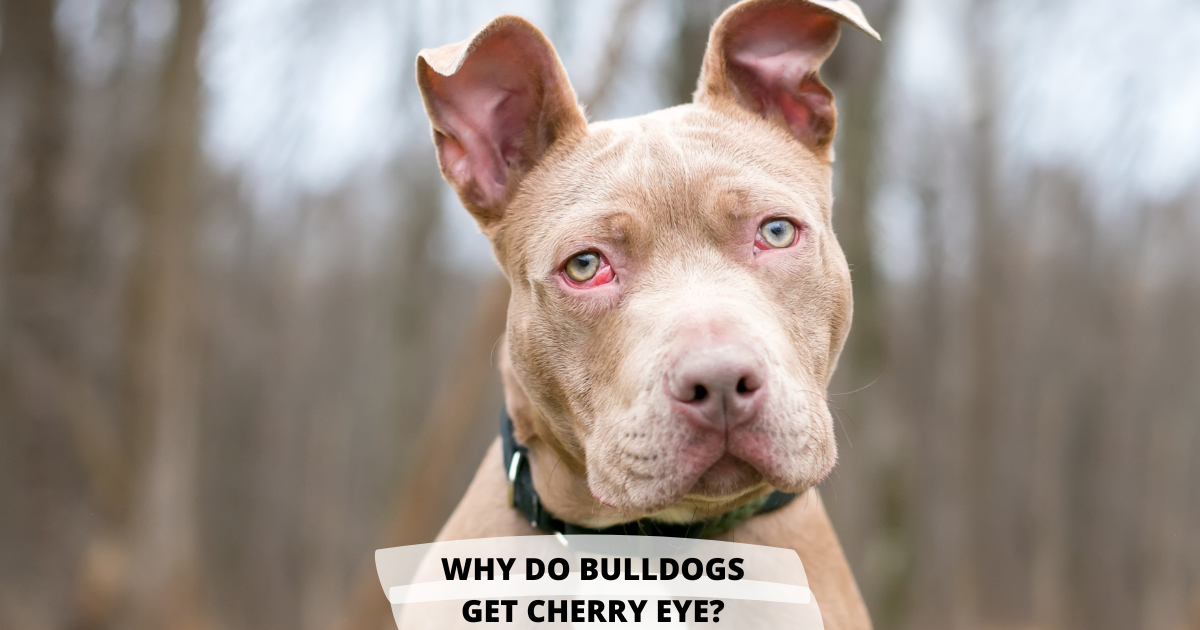Introduction: Bulldogs and bully breeds are known for their distinctive appearance and unique health challenges. One common issue that affects these breeds is cherry eye. In this article, we will explore why bulldogs and bully breeds are prone to cherry eye, discuss preventive measures, and explore treatment options for this condition.
Understanding Cherry Eye: Cherry eye, formally known as prolapse of the nictitating membrane gland, is a condition where the tear gland in the third eyelid becomes visible and protrudes from the corner of the eye. This condition is more prevalent in certain breeds, including Bulldogs, American Staffordshire Terriers, and Boxers, due to their genetic predisposition.
Causes of Cherry Eye: The exact cause of cherry eye is not fully understood, but it is believed to be related to the weakness or laxity of connective tissues that support the tear gland. This weakness allows the gland to prolapse, causing the characteristic red, swollen mass in the corner of the eye.
Prevention: While cherry eye cannot always be prevented, there are steps you can take to minimize the risk and promote eye health in your bulldog or bully breed:
- Regular Eye Care: Perform routine eye examinations to detect any early signs of cherry eye or other eye issues. Keep an eye out for redness, swelling, or any changes in your dog’s eyes.
- Gentle Cleaning: Maintain good eye hygiene by gently wiping the eye area with a clean, damp cloth. Avoid using harsh chemicals or products that may irritate the eyes.
- Avoid Trauma: Protect your dog’s eyes from injury by avoiding rough play or contact sports that could potentially damage the delicate tissues around the eyes.
Treatment Options: If your bulldog or bully breed develops cherry eye, it’s crucial to seek veterinary attention for proper diagnosis and treatment. There are several treatment options available:
- Surgical Intervention: The most common treatment for cherry eye is surgical correction. The procedure involves repositioning the prolapsed gland and securing it in place to prevent further protrusion. Surgery is typically performed under general anesthesia by a veterinary ophthalmologist.
- Medical Management: In some cases, your veterinarian may recommend conservative treatment options, such as anti-inflammatory medications or ointments, to reduce inflammation and manage symptoms. However, it’s important to note that medical management may not provide a long-term solution and surgical intervention may be necessary.
Conclusion: Cherry eye is a common condition that affects bulldogs and bully breeds due to their genetic predisposition. While it cannot always be prevented, maintaining good eye hygiene, regular veterinary check-ups, and avoiding eye trauma can help minimize the risk. If your dog develops cherry eye, consult with a veterinary professional for appropriate treatment options, which may include surgical correction or medical management. By staying proactive and providing proper care, you can help your beloved bulldog or bully breed maintain healthy and happy eyes for a lifetime.

